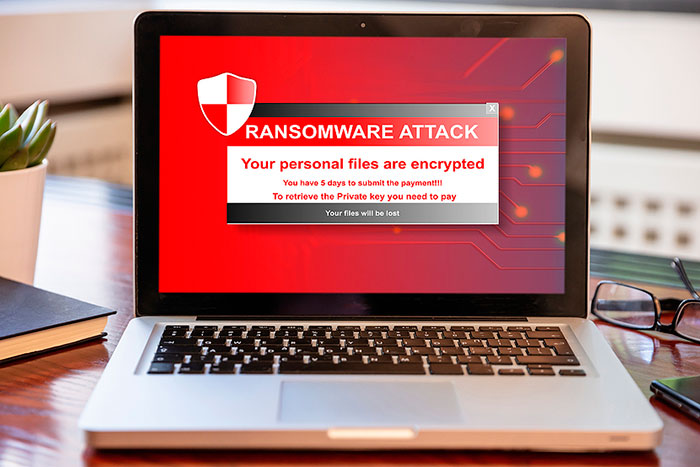Ransomware is malicious software, called viruses by extension, that block victims’ computers in order to extract money from them. They install themselves like other malware through many different means. This ransomware can be downloaded via sharing sites, distributed through security holes, or transmitted through infected emails. These can be sent to you by one of your contacts whose mailbox has been hacked and from an unknown email address. Ransomware has become commonplace and is a source of concern for businesses and individuals.

All companies can be the target of hackers who seek to block information systems using ransomware. A ransom must then be paid to unlock the infected systems. So how can you avoid getting trapped?
Here are 10 useful preventive measures so that companies don’t have their information systems held hostage.
1. A Backup and Restore Strategy
You must “put in place a backup and restore strategy,” and this should be done very regularly. Why? Because of the data is backed up and stored offline, it is possible to quickly restore it and bypass the ransomware. However, if you have become a victim, always seek the help of a professional cybersecurity firm for ransomware removal.
2. Use Appropriate Security Tools:
Use email and web security tools that scan email attachments and visited websites. This is simply because they are two attack vectors favored by ransomware authors. These tools must integrate the functionality of a sandbox so that a newly identified or unrecognized file can be executed and analyzed in a secure environment.
3. Patch and Update Company Tools:
Operating systems and software should be regularly patched and updated. This is for the simple reason that malware, including ransomware, also uses security holes. Updating the tools should make it possible to limit this risk.
4. Patch Security Tools:
Updating work should not be limited to these tools. The security tools themselves, antivirus, firewalls, and other anti-malware should also be updated regularly. It is hard to see the information system held hostage here.
5. Set up an “Application List”:
It is also recommended to use an “application list.” This is a fairly restrictive method for company employees since it prevents the download and execution of applications that are not validated by the Company’s IT security managers. A little education, however, should clear the frustration of users and better secure the IS.
6. Segment the Network:
On the network side, it is also possible to virtually segment the corporate network into different security zones. The interest? Prevent a ransomware infection in one area from spreading to others. Establish and enforce permissions and access privileges. Thus, a small number of users have the potential to contaminate business applications, data, or critical services.
7. A BYOD Policy in the Company:
On the process side, implementing security policy concerning BYOD (Bring Your Own Device) must also regulate practices and avoid the influx of ransomware. This policy determines the operating rules for mobile devices in the Company. Lack of anti-malware, outdated antiviral signatures, unpatched operating systems; if the mobile devices that employees, visitors, and customers use endanger the Company’s IS, it is better that they do not connect to it.
8. Do NOT Rely on the Employees:
Finally, do NOT count on your employees to ensure the security of your business. Although it is important to make them more aware of security through training (so that they learn not to download files, click on suspicious email attachments, or on unsolicited internet links), being human remains the weak link in your security chain, and you must take that into account. “
